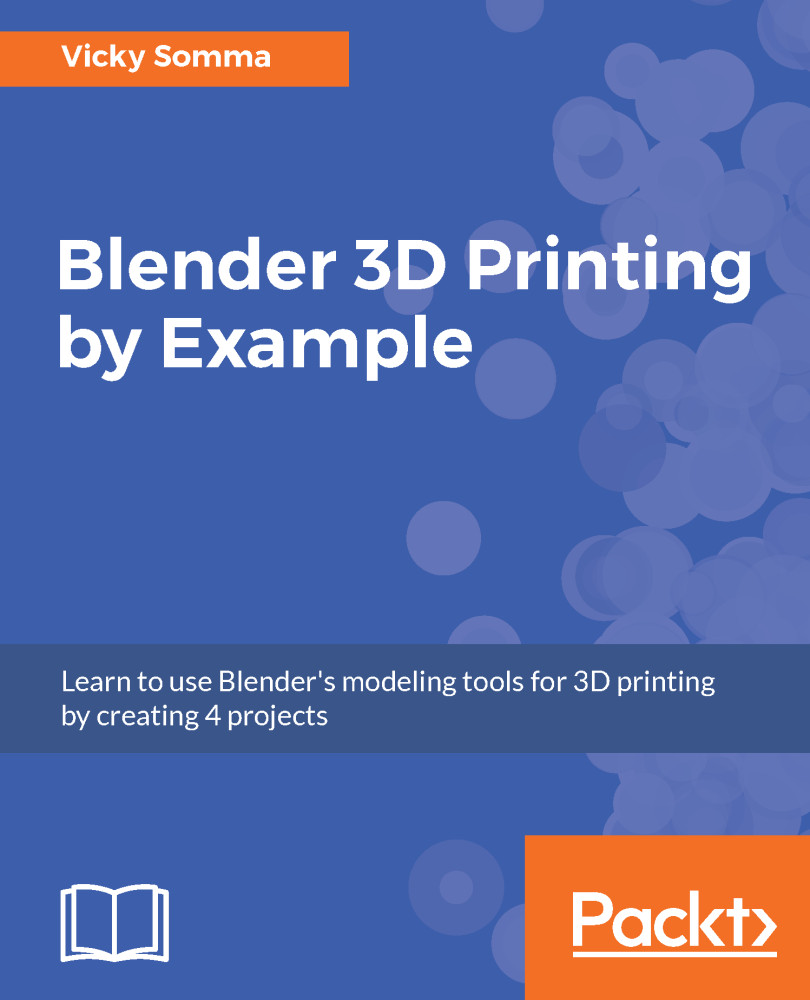If you are planning on printing at a 3D Printing Service Bureau, their industrial printers can handle designs that don't have flat bases and designs that do have large overhangs. As a result, you can consider rotating the torus. This could better suit the aesthetic you are looking for.
Often, the hardest part of rotating an object is figuring out which axis you want to rotate around. Here, switching to different views (discussed in Chapter 2, Using a Background Image and Bezier Curves) and referring to the color coding of the axis arrows (discussed in Chapter 3, Converting a Bezier Curve to a Properly Sized 3D Mesh) can help guide the way.
Think about each axis line and what the object would look if it was spun around that line. If you aren't quite sure which axis to rotate on, there is no shame in trial and error:











































































